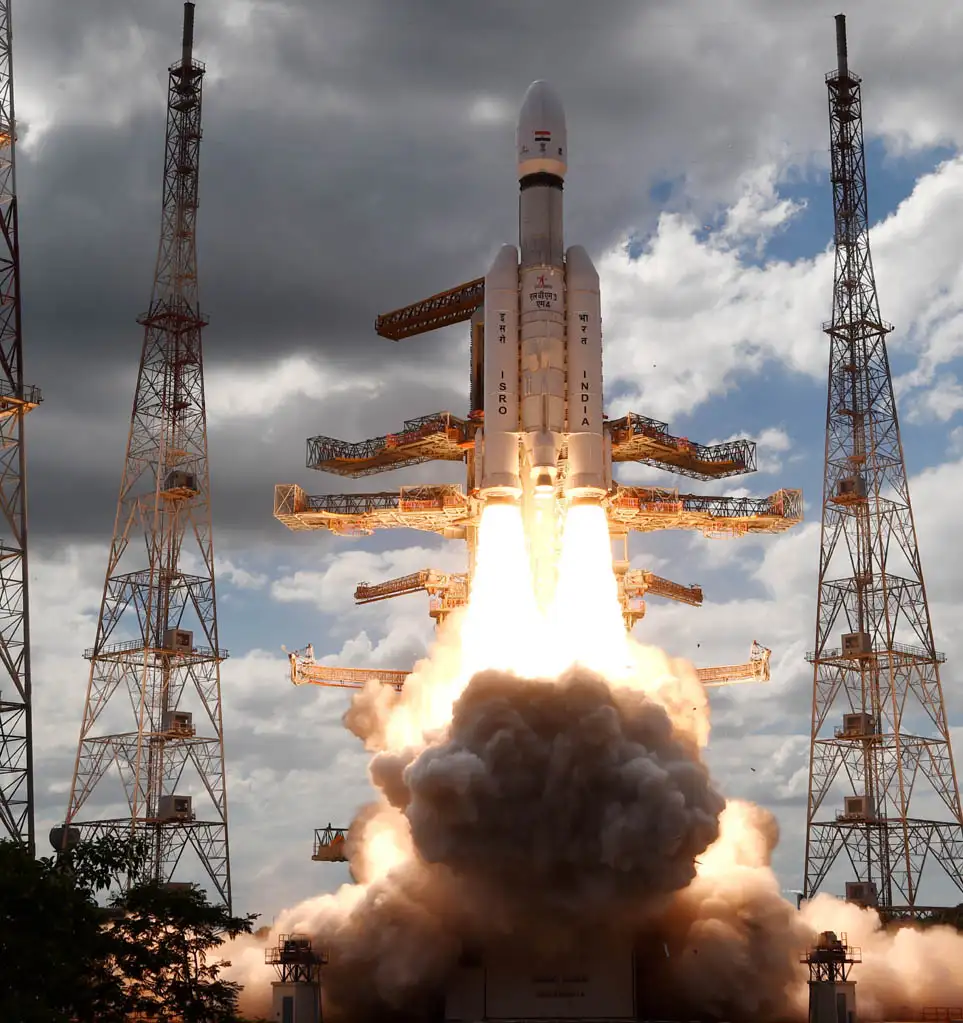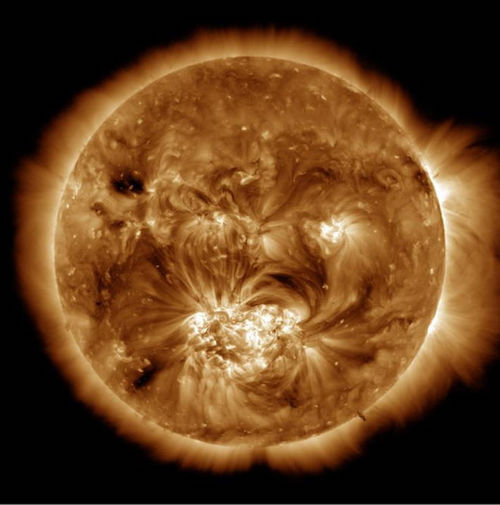Exploring the Sun's Realm: India's Aditya L1 Mission Set to Launch on September 2, 2023

Introduction
In an endeavor that promises to unveil captivating secrets of our nearest star, the Sun, India's space agency, the Indian Space Research Organisation (ISRO), is gearing up for the launch of the Aditya L1 mission on September 2, 2023. This ambitious mission, named after the Sanskrit word for "sun," holds the potential to revolutionize our understanding of the solar system's central celestial body. Let's delve into the significance of the Aditya L1 mission, its objectives, and the scientific marvels it aims to achieve.
The Journey to Aditya L1
The Aditya L1 mission represents a giant leap forward in India's space exploration efforts. Building on the success of previous missions like Chandrayaan and Mangalyaan, Aditya L1 marks India's first dedicated mission to study the Sun. The mission's inspiration lies in the Sun's profound impact on our planet's climate, space weather, and fundamental energy processes.
Mission Objectives
The primary objective of the Aditya L1 mission is to study the Sun's outermost layer, known as the corona. The corona, which is usually hidden by the Sun's bright photosphere, holds crucial information about solar winds, solar magnetic fields, and coronal mass ejections that can affect Earth's magnetosphere and space environment.
Aditya L1 aims to achieve the following key objectives:
- Understanding Solar Dynamics: By studying the corona, the mission seeks to comprehend the mechanisms driving solar activities such as flares and eruptions, shedding light on the Sun's intricate behavior.
- Coronal Mass Ejections: These powerful bursts of solar wind and magnetic fields can disrupt Earth's communication systems and power grids. Aditya L1 aims to predict these events more accurately, aiding space weather forecasts.
- Helioseismology: Aditya L1's instruments will also allow scientists to study solar acoustic waves, helping us understand the Sun's internal structure and the processes that fuel its energy.
Cutting-Edge Technology
Aditya L1 is equipped with state-of-the-art instruments, including visible and ultraviolet imaging equipment, spectrographs, and helioseismic sensors. These advanced tools will capture high-resolution images of the solar corona, analyze its composition, and measure its magnetic fields, providing insights into the Sun's mechanisms that were previously elusive.
Global Collaboration and Scientific Advancement
The Aditya L1 mission also emphasizes the importance of international collaboration. ISRO has partnered with various international space agencies and research institutions, allowing scientists to share expertise and data. This collaborative approach is set to accelerate our understanding of solar physics and space weather, benefiting humanity as a whole.
Conclusion
As we stand on the brink of the Aditya L1 mission's launch on September 2, 2023, anticipation and excitement ripple through the scientific community and space enthusiasts worldwide. This landmark endeavor promises to unravel the mysteries of the Sun's corona, enhance our space weather prediction capabilities, and deepen our understanding of the fundamental processes shaping our solar system. With Aditya L1, India embarks on a remarkable journey to unlock the secrets of our life-giving star and advance our knowledge of the cosmos.
